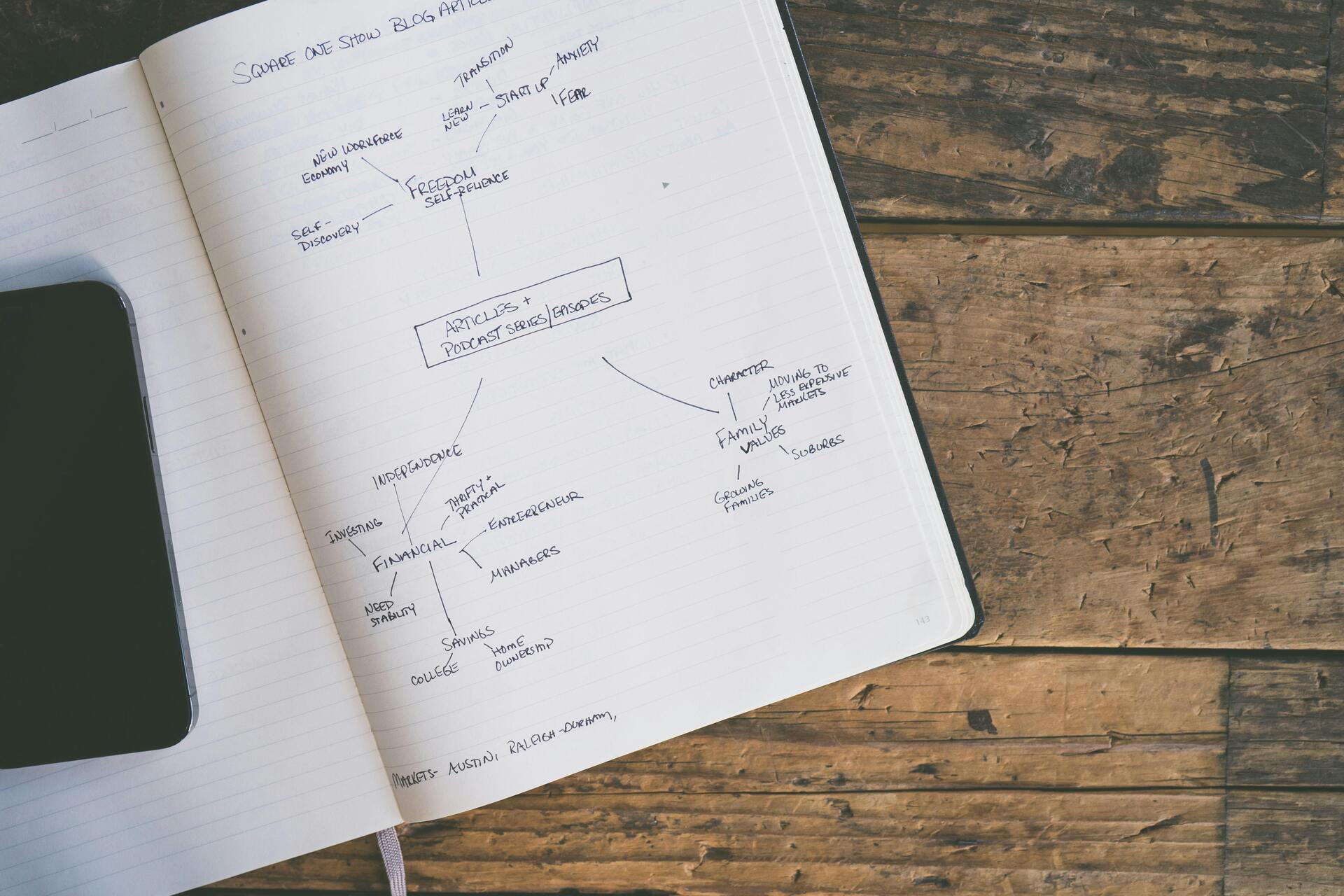- The Network Wrangler
- Posts
- Draw Your Way Back to Connection
Draw Your Way Back to Connection
What a napkin sketch can teach us about loneliness, networks, and the friendships we want to strengthen

Photo by Jessica Lewis 🦋 thepaintedsquare
Hi there,
Like many of you, I’ve been watching the Coldplay Kiss-Cam moment ricochet across the internet this past week. The online commentary has gone from cheeky to heated to existential faster than a TikTok refresh, but I’m not here to argue about morality, etiquette, or concert behavior. What caught my attention most wasn’t the moment, it was the reaction.
What I’m noticing is something deeper: the emotional undercurrent of disconnection. It’s not just about romantic relationships.
It’s about a larger, more troubling dissatisfaction with how connected we feel to the people around us: friends, family, colleagues, neighbors.
We’re seeing, in real-time, the loneliness gap: the space between how connected we want to feel and how connected we actually feel.
And that gap is growing.
The Quiet Creep of Disconnection
We didn’t get here overnight. The shift from rich social interaction to quiet isolation has been subtle and cumulative. We traded group dinners for food delivery, phone calls for unread texts, shared experiences for solo streaming.
As sociologist Eric Klinenberg noted in his book Going Solo, more people than ever before are living alone, and often happily so. But that independence comes at a cost: “We can have all the autonomy we want, but we still need belonging.”
Even those of us who are pretty good at staying connected (hey, I write a whole newsletter about it!) are not immune. I can go days without speaking to anyone face-to-face and not feel it immediately… until suddenly, I do.
So what happens to the rest of us, especially those who don’t spend time actively managing their social connections?
I’ll tell you, after a word from this week’s sponsor…
Create How-to Videos in Seconds with AI
Stop wasting time on repetitive explanations. Guidde’s AI creates stunning video guides in seconds—11x faster.
Turn boring docs into visual masterpieces
Save hours with AI-powered automation
Share or embed your guide anywhere
How it works: Click capture on the browser extension, and Guidde auto-generates step-by-step video guides with visuals, voiceover, and a call to action.
Mapping the Loneliness Gap
Let me share a simple, surprisingly powerful practice that’s helped me in those moments where loneliness creeps in:
📝 Draw it.
Years ago, while working at Singularity University, I attended a workshop with visual strategist Dan Roam, whose guidance for us attending was:
“Drawing is a thinking process. If you want to think more clearly about an idea, draw it.”
It stuck. So when I’m feeling disconnected, I grab a napkin—or more recently, a notebook—and I draw my network.
Here’s how it works:
Draw a circle in the center. Label it “Me.”
Around that center, draw circles for the people you feel closest to: your go-tos, your anchors.
Then, add circles for people you feel distant from, but wish you were closer to: former friends, neglected colleagues, family who’s drifted.
Draw lines between your circle and theirs.
On each line, write down one action could bring them closer:
“Send a check-in text”
“Schedule coffee”
“Share a memory”
“Apologize”
“Ask for advice”
Suddenly, your loneliness gap becomes a map. It shows you exactly where you are and how to bridge the distance.
This isn’t just a feel-good exercise. It’s a science-backed way to engage the visual-spatial parts of your brain, which can reduce anxiety and activate problem-solving. Drawing your network externalizes a feeling that otherwise just loops in your head: “I’m alone.”
You’re not. You’ve just lost sight of the paths back to connection.
Diverse Ties, Diverse Health
There’s a reason this matters, and longtime readers should already know this (but it never hurts to hear it again). The growing body of research shows that diverse social ties are a predictor of long-term health and well-being.
It bears repeating: studies from the Harvard Study of Adult Development to psychologist Julianne Holt-Lunstad’s work on social integration have made this clear: “The more varied and supported your relationships, the longer and healthier your life.”
It’s not just about having a best friend or a romantic partner. It’s about having a social ecosystem: friends, coworkers, mentors, neighbors, baristas, yoga class regulars —people who make you feel part of something bigger than yourself.
And like any ecosystem, it needs interaction and maintenance. Otherwise, it wilts.
This Week’s Challenge: Draw, Act, Reconnect
In the next week, before the next newsletter arrives, your mission is simple:
Draw your social map. Use paper, a napkin, a whiteboard, whatever.
Identify three people you wish were closer.
Write the action it would take to close the gap.
Do one of those actions. Just one. Take your pick.
Don’t wait for the perfect moment. Don’t try to fix the whole map in a day. Just start.
Because the loneliness gap doesn’t close by thinking about it. It closes through small acts of connection.
Let’s make this the week we each shrink our gap, even by a single line.
What’s been your experience with visual thinking? Do you have a tip you think could help others? Let me know so I can share it! Your email goes straight to my inbox. 🙏
What did you think of today's newsletter? |


Reply